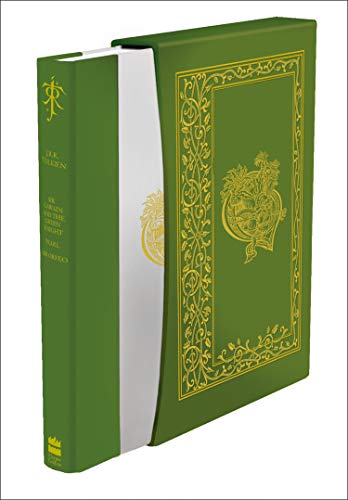12
There is a DVD (NTSC Region 2, Japan) for this now on eBay. If you have a regionless player, this might be interesting.
Thanks for the heads up Deagol. I just bought it. Have it get my old VCR player out of storage now to watch it.
Dior
Dior
I have just bought the PAL VHS 110 minute copy and agree that this makes very interesting viewing.
I also bought a copy of the Japanese DVD mentioned by Jeremy earlier in the post.
The DVD said that it was narrated by Judy Dench, same as the VHS, so I gambled on it being subtitled in Japanese.
The interviews are subtitled, but the narration is dubbed, so unless you are fluent in Japanese, I would not buy the DVD
I also bought a copy of the Japanese DVD mentioned by Jeremy earlier in the post.
The DVD said that it was narrated by Judy Dench, same as the VHS, so I gambled on it being subtitled in Japanese.
The interviews are subtitled, but the narration is dubbed, so unless you are fluent in Japanese, I would not buy the DVD

Sorry to dig up this topic, but last weekend, I saw this documentary again, in a cutted French version and I was surprised by something the narrator said about the Sarehole millers : that their whiteness was due to animals' bones that they smashed in powder. Was it an error from the film or its translation, or was I wrong to assume that it was flour all along ?
Druss wrote:
Sorry to dig up this topic, but last weekend, I saw this documentary again, in a cutted French version and I was surprised by something the narrator said about the Sarehole millers : that their whiteness was due to animals' bones that they smashed in powder. Was it an error from the film or its translation, or was I wrong to assume that it was flour all along ?
It will most certainly have been used for grinding bones down for fertiliser as most of our mills from that period would have been used for at some point. IIRC I read that the mill was also used for metal working. They would roll metal sheets at former mills. That was around the time when the industrial revolution kicked in.
Bread
Bread is one of the most basic foods around the world, known as the staff of life. During the Victorian Age, the way bread was made began to change, particularly in urban households. Bread began to be made less in the home and more at a neighbourhood bakery. It became a for-profit item, and the earliest vestiges of commercial bakeries began to emerge.
When they did, some manufacturers began to explore ways to increase their profits. Since bread was sold based on the weight of the loaf, with a one pound loaf most common, one way to reduce the cost of manufacture was to reduce the amount of flour, substituting another, hopefully innocuous ingredient, which would maintain the weight without altering the flavour of the loaf.
Many different materials were used in place of some of the flour, including ground bone meal, ground dried beans, Plaster of Paris, and plain chalk. Most popular was alum, which offered the baker several advantages. It was freely available, it was cheap, it was tasteless, and it whitened the bread. It also added more weight since it was heavier by volume than flour.
It also contributed to several health problems, not the least of which was malnutrition. Alum added no nutritional value to the loaves it adulterated and in fact since it led to a reduction in flour – the primary nutritional source in bread – it contributed to malnutrition.
It also caused digestive and gastrointestinal problems which ranged from simple indigestion in healthy adults to severe constipation. In children it could induce chronic diarrhea, which could often in itself lead to dehydration and death. As in the case of Gloucester Cheese, there was no government oversight to ensure the ingredients in bread were what the consumer believed them to be, nor any requirement to inform the consumer that they were not.
https://historycollection.com/10-ways- ... soned-every-single-day/6/
:o
I never imagined that it was possible. I wonder if that solution to add bones material never provoked some kind of mad cow disease for humans, at that time...
I never imagined that it was possible. I wonder if that solution to add bones material never provoked some kind of mad cow disease for humans, at that time...
12














 29
29 10.47K
10.47K